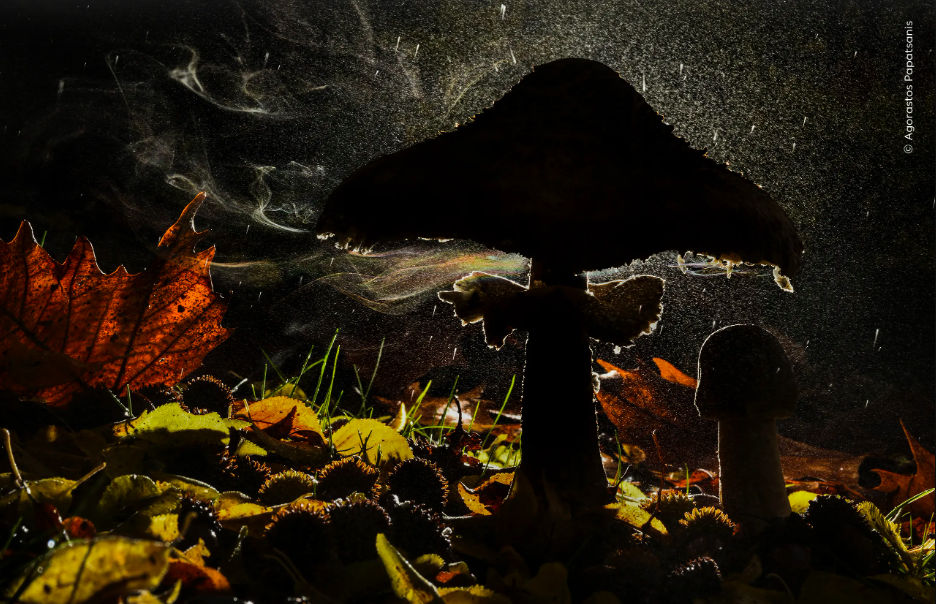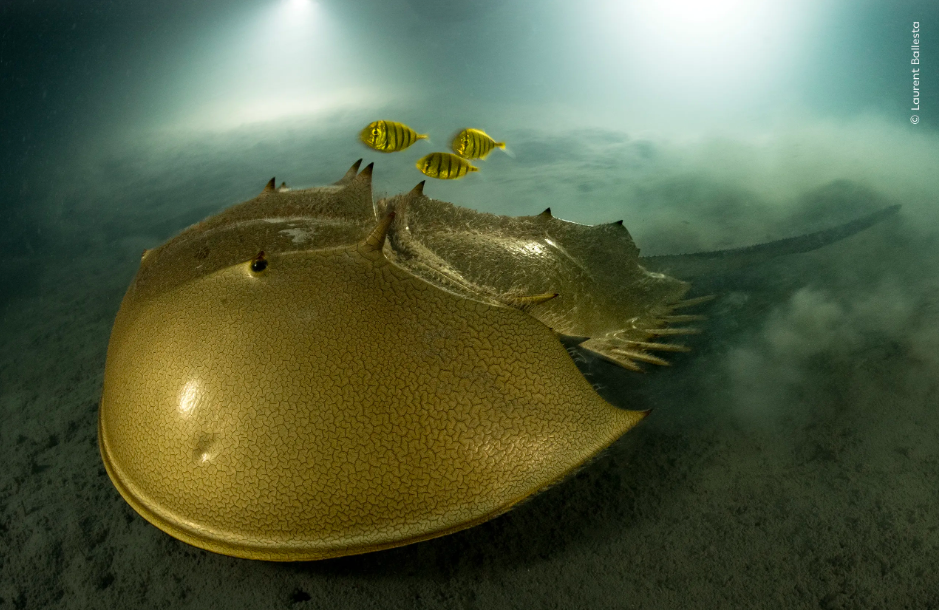World-renowned photography exhibition “shows the triumphs, challenges, and incredible beauty of a planet under pressure”

“Last Breath of Autumn” by Agorastos Papatsanis via nhm.ac.uk.
The prestigious Wildlife Photographer of the Year exhibition has returned to the Royal BC Museum, running from March 1 to June 2. It displays the incredible work of photographers from around the world, and according to the National History Museum, “champions ethical wildlife photography, rewarding truthful representations of nature that display respect for animals and the environment.”
Celebrating its 59th year, Wildlife Photographer of the Year is developed by the Natural History Museum in London. Submitted photos are judged anonymously by experts based on their originality, creativity, and technical excellence. The competition has a wide variety of categories, including photojournalism, urban wildlife, plants and fungi, natural artistry, and wetlands: the bigger picture. This year, they received almost 50 000 entries from 95 countries. From these entries, 100 photographs were chosen as finalists.

“Aurora Jellies” by Audun Rikardsen via nhm.ac.uk.
Wildlife Photographer of the Year began as a small competition in 1965 in Animals magazine, which would eventually become BBC Wildlife. Following increased public interest, the Natural History Museum got involved with the competition in 1984. The competition has always aimed to “enhance the prestige of wildlife photography in the hope that ultimately the awards will benefit the animals themselves, by creating greater public interest in them and in that all-important topic: conservation.”
The Adult Grand Title Winner was “The Golden Horseshoe” by Laurent Ballesta. It depicts a tri-spine horseshoe crab searching for food in the protected waters of Pangatalan Island in the Philippines. Though the image centers on the horseshoe crab, Ballesta also captured three bright yellow and black striped juvenile golden trevallies swimming closely behind.

“The Golden Horseshoe” by Laurent Ballesta via nhm.ac.uk.
The Young Grand Title Winner was awarded to “Owls’ Road House” by Carmel Bechler, which shows barn owls in the windows of an abandoned building. While taking the photo, Bechler “made the most of the natural light and used long exposure times to capture the light trails of passing traffic.”

“Owls’ Road House” by Carmel Bechler via nhm.ac.uk.
Although only 100 photos can be selected as finalists, another 25 images were shortlisted by the judges and Natural History Museum for the People’s Choice Award, which were then presented to the public for voting. The winner was Nima Sarikhani’s stunning photograph “Ice Bed,” which captures a young male polar bear napping on an iceberg in Norway’s Svalbard archipelago.

People’s Choice Winner “Ice Bed” by Nima Sarikhani via nhm.ac.uk.
The exhibition also features the highly commended work of local photographers: Jordan River’s Mark Williams and Victoria’s own Garth Lenz. Two photographs taken by Williams in Nunavut are on display in the exhibition. “The Survivor” depicts an Arctic fox missing half a hind leg, backlit by the sun. “Belugas Among Sea Ice” was shot with a drone hovering over the ocean, capturing five beluga whales surfacing simultaneously, surrounded by sea ice.

“The Survivor” by Mark Williams via nhm.ac.uk.

“Belugas Among Sea Ice” by Jordan River based photographer Mark Williams via nhm.ac.uk.
Lenz’s photo, “Humanity’s Biggest Hole,” was in the photojournalism category. It is an aerial shot of the Bingham Canyon Mine in Utah, which is the biggest open excavation on Earth. Lenz beautifully juxtaposes the idyllic mountain range with the mine’s destruction, highlighting the impact these massive excavation sites have on wildlife and the environment. This is the third time Lenz has been featured in the exhibition.

“Humanity’s Biggest Hole” by Garth Lenz via nhm.ac.uk.
In a media release from the Royal BC Museum, Lenz stated that “this annual exhibit is arguably the most compelling visual celebration of the beauty and wonders of the natural world as well as its fragility.”
The exhibition’s display at the Royal BC Museum is unique. Rather than simply hanging on the wall, the Royal BC Museum uses lightboxes to backlight the photographs, which “provides an opportunity to really illustrate the power of the photography,” according to the museum’s CEO, Tracey Drake.
While allowing visitors to celebrate the beauty of animals and the natural world, the exhibition also invites them to engage critically with current conservation issues and efforts. The photojournalism category is particularly effective in this goal of promoting conservationism, providing new perspectives on environmental issues while exploring human relationships with the natural world.
This exhibit is included with general admission to the museum, which is $18 for adults, $11 for youth, seniors, and students with ID, and free for children ages three to five. The Royal BC Museum is open Monday to Wednesday from 10 a.m.–5 p.m. and Thursday to Friday from 10 a.m.–6 p.m.








